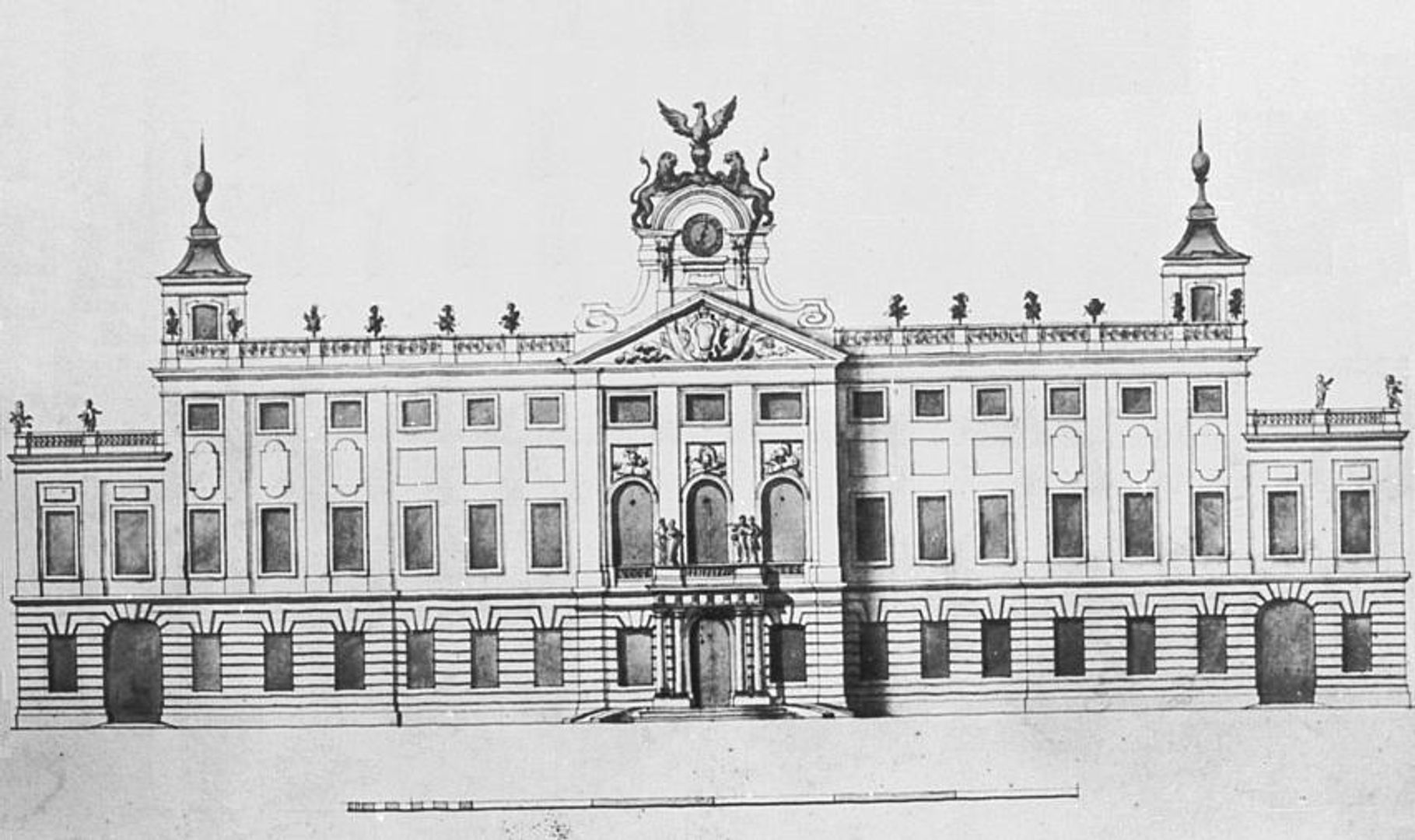Kazimierz Palace in Warsaw
6.02

Overview
The Kazimierzowski Palace in Warsaw, built between 1637 and 1642 on the order of King Władysław IV, was designed by the Italian architect Giovanni Trevano in the early Baroque style. Initially serving as a summer royal residence, it passed into the hands of other monarchs after Władysław IV's death, such as John II Casimir and John III Sobieski. In 1656, it was damaged during the Swedish invasion but was quickly rebuilt and transformed into John II Casimir's favorite residence by 1660. Further changes occurred when the palace became the property of Augustus II the Strong and later Stanisław August Poniatowski, who adapted it for the Corps of Cadets between 1765 and 1794. In the 19th century, the palace began to be repurposed for the University of Warsaw, becoming its official seat in 1816. It underwent numerous renovations, including a Neoclassical redesign from 1824 to 1828, with its architecture continually adapted to meet educational needs. During World War II, the palace was heavily damaged but was reconstructed between 1945 and 1954. Today, it houses the rectorate of the University of Warsaw. An interesting fact is that on the escarpment behind the palace, there is a cannon commemorating the participation of students in the fights for Poland's independence between 1918 and 1920. The Kazimierzowski Palace, a witness to many important events in Polish history, combines architectural richness, cultural significance, and historical traditions, standing as a testament to the country's changing political and social realities.
Location
Tickets
Powered by GetYourGuide
2025 Wizytor | All Rights Reserved